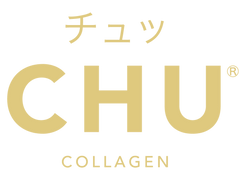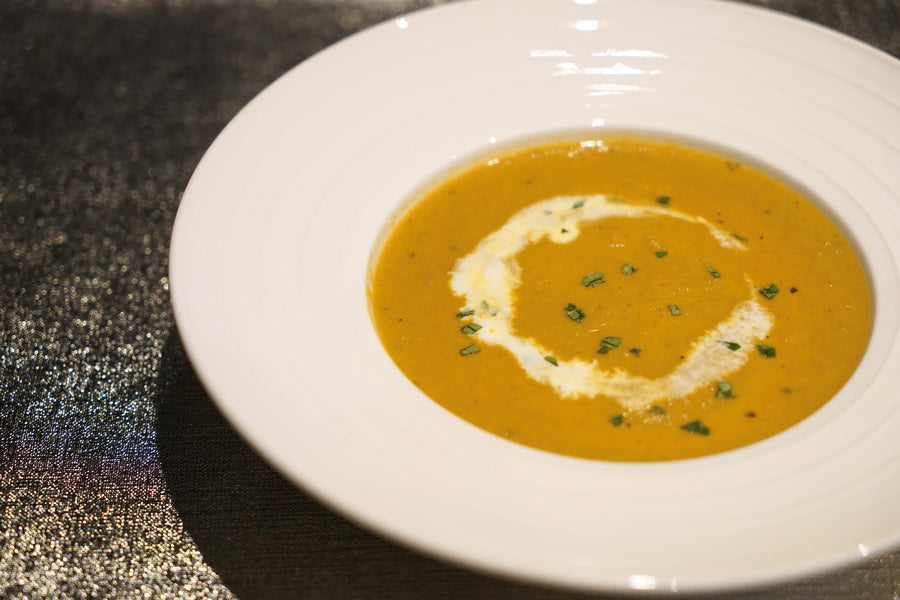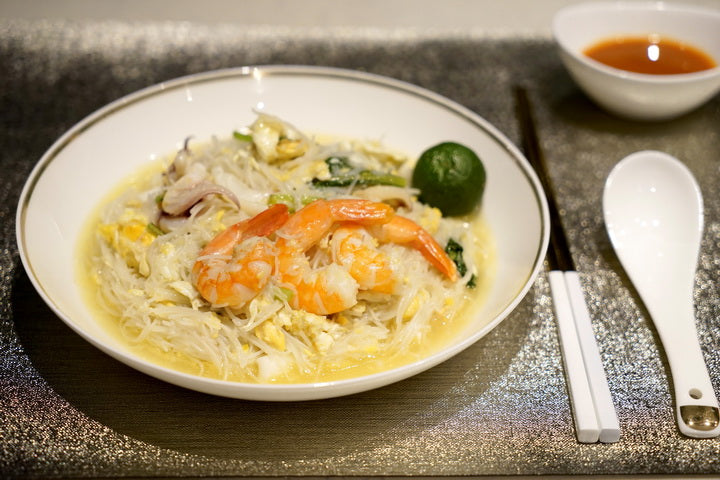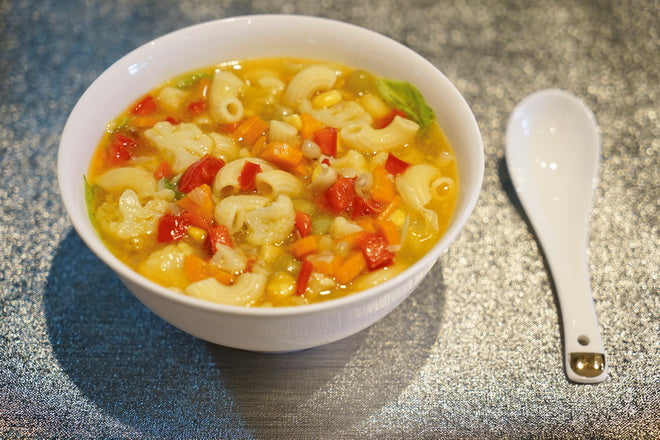What are the benefits of double-boiled chicken collagen soup?
What’s a meal without a bowl of soup? Nourishing, comforting and delicious, a bowl of warm soup is as important as rice in some families. In traditional Chinese medicine, soup is an important part of nutrition therapy – an approach based on the philosophy that “medicine and food share a common origin”. The Chinese have followed this precept of maintaining health through diet for more than 2,000 years.
In the world of Chinese soup-making, two techniques are widely used. The first is a gentle bāo (煲) (or bou in Cantonese) where water and a selection of complementary ingredients are brought to a rolling boil over high heat, before the flame is lowered and the contents of the pot simmered for three hours (小火煲). The soup produced with this method is called lao huo tang (老火汤), literally translated as “old fire soup”. This is a flavourful soup, but many of the ingredients would have disintegrated by the end of the cooking process.
The second technique is a more labour-intensive method known as double-boiling, or dùn (炖). It involves placing the contents of the soup within a covered, ceramic vessel, which is then submerged in a larger pot of boiling water for more than three hours for full flavour extraction. These specially-designed double-boiling ceramic vessels have an inner recessed lid which prevents evaporation and an outer lid to keep out excess water. During cooking, the water in the outer pot must be replenished regularly, but the inner pot must never be uncovered. This ceramic inner pot is propped up on a shallow platform to prevent it from touching the base of the outer pot directly, so that it only receives gentle, consistent heat from the boiling water. The inner ceramic pot conducts heat slowly but evenly, and has superb heat retention properties. As its contents never reach boiling point, it is believed that the nutrients are therefore not volatilised, and will not be lost with evaporation or spillage.
This is why double-boiling is said to achieve the maximum extraction of nutrition and flavour without compromising the integrity of the ingredients. So, while boiling the soup using bāo (煲) would still yield a flavourful product, some nutrition would have escaped. Double-boiled soup is full-bodied, with its nutrition completely sealed in. Most soups can be double-boiled. But because this method is more tedious, home cooks or chefs generally use it only in preparing tonics with expensive ingredients such as wild American ginseng, fish maw, bird’s nest and hashima.
This is why CHU Collagen’s Premium Chicken Collagen Soup has earned the word “premium” in its name. The product is double-boiled for eight hours to creamy perfection so as to achieve maximum extraction of flavour and nutrition. In this way, the soup retains as much of the collagen, vitamins and minerals present in the chicken as possible. So, the next time you wonder why CHU Collagen’s Premium Chicken Collagen Soup is so robust and potent, it’s because it is precious, double-boiled soup (炖汤)! Use it in steamboat, congee and as a stock to elevate your dishes.
With CHU Collagen, anyone can be a master chef.
Pressed for recipe ideas? Check out our recipe suggestions here.
In the world of Chinese soup-making, two techniques are widely used. The first is a gentle bāo (煲) (or bou in Cantonese) where water and a selection of complementary ingredients are brought to a rolling boil over high heat, before the flame is lowered and the contents of the pot simmered for three hours (小火煲). The soup produced with this method is called lao huo tang (老火汤), literally translated as “old fire soup”. This is a flavourful soup, but many of the ingredients would have disintegrated by the end of the cooking process.
The second technique is a more labour-intensive method known as double-boiling, or dùn (炖). It involves placing the contents of the soup within a covered, ceramic vessel, which is then submerged in a larger pot of boiling water for more than three hours for full flavour extraction. These specially-designed double-boiling ceramic vessels have an inner recessed lid which prevents evaporation and an outer lid to keep out excess water. During cooking, the water in the outer pot must be replenished regularly, but the inner pot must never be uncovered. This ceramic inner pot is propped up on a shallow platform to prevent it from touching the base of the outer pot directly, so that it only receives gentle, consistent heat from the boiling water. The inner ceramic pot conducts heat slowly but evenly, and has superb heat retention properties. As its contents never reach boiling point, it is believed that the nutrients are therefore not volatilised, and will not be lost with evaporation or spillage.
This is why double-boiling is said to achieve the maximum extraction of nutrition and flavour without compromising the integrity of the ingredients. So, while boiling the soup using bāo (煲) would still yield a flavourful product, some nutrition would have escaped. Double-boiled soup is full-bodied, with its nutrition completely sealed in. Most soups can be double-boiled. But because this method is more tedious, home cooks or chefs generally use it only in preparing tonics with expensive ingredients such as wild American ginseng, fish maw, bird’s nest and hashima.
This is why CHU Collagen’s Premium Chicken Collagen Soup has earned the word “premium” in its name. The product is double-boiled for eight hours to creamy perfection so as to achieve maximum extraction of flavour and nutrition. In this way, the soup retains as much of the collagen, vitamins and minerals present in the chicken as possible. So, the next time you wonder why CHU Collagen’s Premium Chicken Collagen Soup is so robust and potent, it’s because it is precious, double-boiled soup (炖汤)! Use it in steamboat, congee and as a stock to elevate your dishes.
With CHU Collagen, anyone can be a master chef.
Pressed for recipe ideas? Check out our recipe suggestions here.



